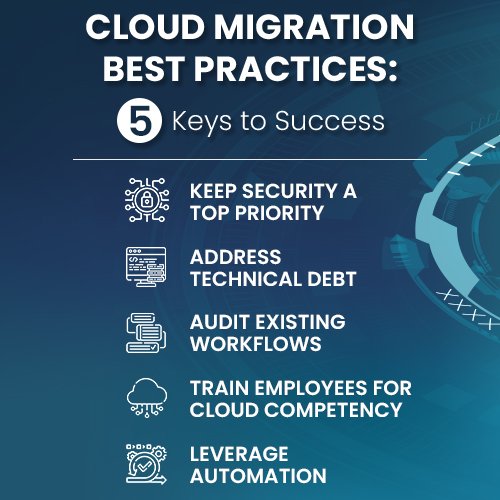
Introduction
Defining Cloud Migration
Cloud migration refers to the process of moving data, applications, and other business elements from on-premises infrastructure to a cloud-based environment. This transition can involve relocating everything to a public, private, or hybrid cloud. It’s a bit like moving homes; you need to pack up your belongings, decide what to keep, and choose the best location to settle in. Just as moving requires careful planning, so does cloud migration.
Significance of Cloud Migration
The importance of cloud migration has skyrocketed in recent years, driven by the digital transformation of enterprises. Businesses are not only looking to cut costs but also enhance operational efficiency. Here are some reasons why cloud migration is significant:
- Cost Efficiency: Reduces the need for physical hardware and maintenance.
- Scalability: Easily adjust resources based on demand.
- Access to Innovation: Leverage advanced features like AI and machine learning.
- Improved Collaboration: Easily share resources across geographic locations.
As many enterprises can attest, successfully adopting cloud technologies can transform how they operate. From a small startup streamlining its operations to global corporations enhancing collaboration, the success stories fueled by cloud migration are limitless.

Understanding Cloud Migration
Benefits of Cloud Migration
Cloud migration offers a plethora of advantages that can enhance a business’s capabilities significantly. For instance, a company I worked with recently transitioned to the cloud and experienced a notable boost in productivity. Here are some key benefits:
- Cost Savings: By eliminating the need for physical servers and reducing maintenance costs, businesses can allocate budget towards growth strategies.
- Flexibility and Scalability: Companies can scale resources up or down depending on demand, ensuring they only pay for what they use.
- Enhanced Collaboration: Teams can access documents and applications from anywhere, fostering better communication and collaboration.
- Disaster Recovery: Cloud providers often include backup solutions, reducing downtime in case of data loss.
Challenges in Cloud Migration
While the benefits are enticing, organizations should also be aware of the hurdles. A friend’s business faced significant delays during its migration due to the following challenges:
- Data Security Concerns: Ensuring sensitive data is protected during the move can be daunting.
- Integration Issues: Existing systems may not easily connect with new cloud solutions.
- Staff Resistance: Employees accustomed to traditional methods may resist change, impacting productivity.
Types of Cloud Migration Approaches
Several approaches can be taken when migrating to the cloud. Some popular methods include:
- Lift and Shift: Moving applications as-is without redesigning them.
- Replatforming: Slightly modifying applications to optimize them for the cloud.
- Refactoring: Redesigning applications for the cloud environment to utilize its full potential.
Understanding these approaches helps businesses choose the method that best matches their goals and existing infrastructure.
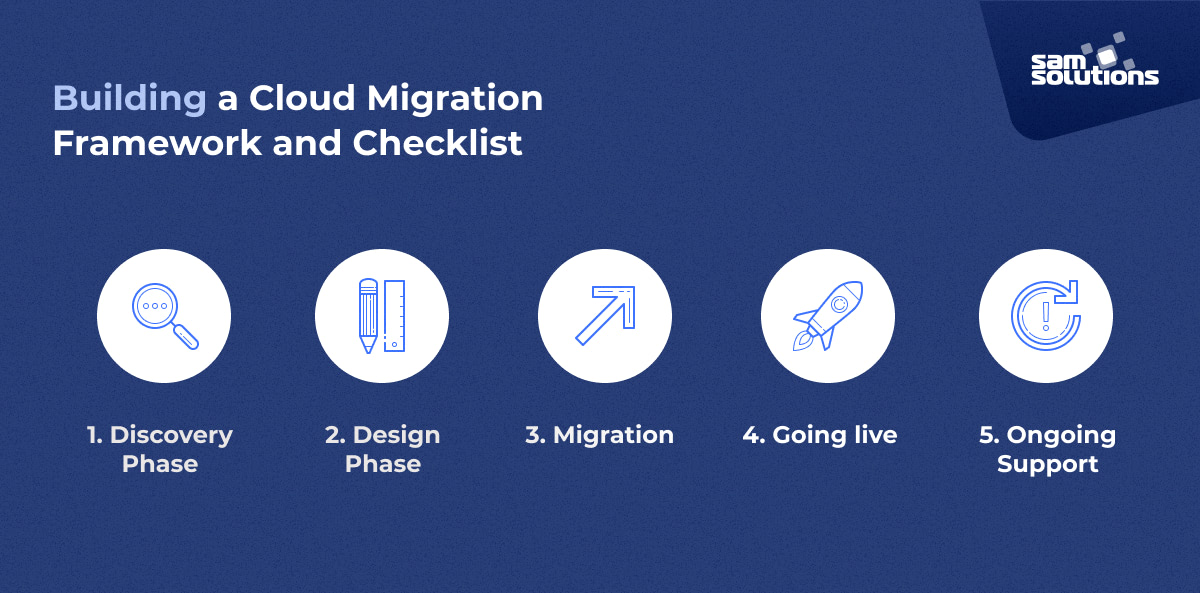
Key Strategies for Successful Cloud Migration
Assessing Current Infrastructure
Before embarking on a cloud migration journey, a thorough assessment of the current infrastructure is vital. A colleague of mine learned this the hard way when they realized critical applications couldn’t function on their chosen cloud platform simply due to compatibility issues.
Setting Clear Objectives
Next, setting clear objectives acts as a guiding light. It’s important to ask questions like: What do we hope to achieve? Whether it’s cost reduction, improving performance, or enhancing flexibility, defining these goals helps shape the migration strategy.
Choosing the Right Cloud Provider
Selecting the right cloud provider is crucial. As different providers offer various features, reliability, and pricing structures, it’s wise to evaluate options based on your specific needs. An organization may find providers like AWS, Azure, or Google Cloud more suitable based on their existing infrastructure.
Data Migration Planning
Creating a detailed data migration plan is key. This includes determining what data to migrate, prioritizing sensitive data, and establishing a timeline. It’s much like planning a family road trip — having a route and stops laid out helps keep everything on track.
Security and Compliance Considerations
Security should be a top priority. Ensuring compliance with industry standards is crucial for protecting sensitive data. Employing encryption, access controls, and regular audits can safeguard against potential breaches.
Testing and Validation Processes
Before going live, conducting thorough testing and validation ensures everything functions as expected. Think of it as a dress rehearsal before the big performance.
Training and Change Management
Lastly, investing in training and change management helps employees adapt to the new system smoothly. Engaging workshops or seminars can ease the transition, ensuring everyone feels confident using the new tools. Together, these strategies lay the groundwork for a successful cloud migration.
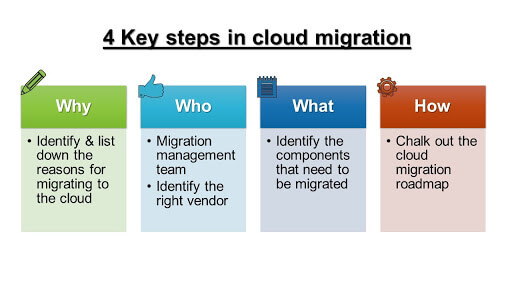
Case Studies and Success Stories
Real-world Examples of Successful Cloud Migrations
To truly grasp the impact of cloud migration, let’s take a look at some real-world examples. Consider a retail giant that migrated its operations to the cloud to improve customer experience during peak seasons. By leveraging cloud computing, they achieved:
- Reduced Downtime: The new scalable system handled traffic surges without crashing.
- Enhanced Analytics: The company gained insights into customer behavior, allowing for personalized marketing strategies.
Another lovely example is a healthcare organization that transitioned to a HIPAA-compliant cloud platform. They were able to improve patient data accessibility, ensuring that healthcare providers had real-time access to critical information while maintaining stringent security protocols.
Lessons Learned from Cloud Migration Projects
These success stories bring valuable lessons that can guide future migrations. Some key takeaways include:
- Invest in Planning: A well-structured plan minimizes disruptions and ensures smoother transitions.
- Engage Employees Early: Including team members in the process fosters acceptance and eases concerns.
- Monitor and Adjust: Continuous monitoring post-migration allows organizations to adapt swiftly to any emerging challenges.
By learning from these experiences, businesses can better prepare and execute their cloud migration initiatives, ensuring they reap the maximum benefits.

Tools and Technologies for Cloud Migration
Overview of Cloud Migration Tools
As organizations embark on their cloud migration journeys, they find themselves surrounded by a myriad of tools designed to streamline the process. For instance, tools like AWS Migration Hub, Azure Migrate, and Google Cloud Transfer Service simplify tasks such as data transfer and application integration.
I recall a project where we utilized a cloud migration tool that automated the data transfer process, significantly reducing labor hours and minimizing errors. Common tools and technologies include:
- Automated Migration Tools: Facilitate the transfer of applications and data with minimal disruption.
- Data Replication Services: Ensure that data is consistently updated and accurate across platforms.
- Management Platforms: Help oversee the entire migration process, providing visibility into potential issues.
Evaluation Criteria for Selecting Tools
Selecting the right migration tools can be daunting. It’s essential to evaluate them based on criteria such as:
- Compatibility: Ensure the tool integrates seamlessly with existing systems.
- Ease of Use: Look for user-friendly interfaces that reduce the learning curve.
- Support and Documentation: Strong vendor support can be invaluable, especially during migration.
- Cost: Assess pricing models to ensure they fit within your budget.
By thoughtfully considering these aspects, businesses can better equip themselves to navigate the cloud migration landscape efficiently.

Monitoring and Optimization in Cloud Migration
Importance of Monitoring in Cloud Migration
Once the cloud migration is in full swing, monitoring becomes essential. Tracking performance and functionality ensures everything runs as intended. A colleague once mentioned how an overlooked performance metric led to degraded system efficiency just weeks after migration. Regular monitoring helps avoid such pitfalls.
Key aspects to focus on include:
- Performance Metrics: Keep an eye on latency, uptime, and response times to ensure optimal user experience.
- Error Tracking: Immediate detection of issues allows teams to address them proactively, minimizing downtime.
- User Feedback: Gathering insights from users can pinpoint areas needing improvement.
Strategies for Cloud Cost Optimization
In addition to monitoring, cost optimization in the cloud is vital for long-term sustainability. Many businesses discover unexpected costs during their cloud journey, making these strategies essential:
- Right-Sizing Resources: Continuously evaluate resource usage and adjust to avoid over-provisioning.
- Implementing Auto-Scaling: Leverage auto-scaling features to automatically adjust resources based on demand, ensuring efficiency.
- Scheduled Payments: Take advantage of reserve pricing options that can significantly reduce costs compared to on-demand pricing.
By employing these monitoring and optimization techniques, organizations can maximize their cloud investment and maintain a competitive edge.
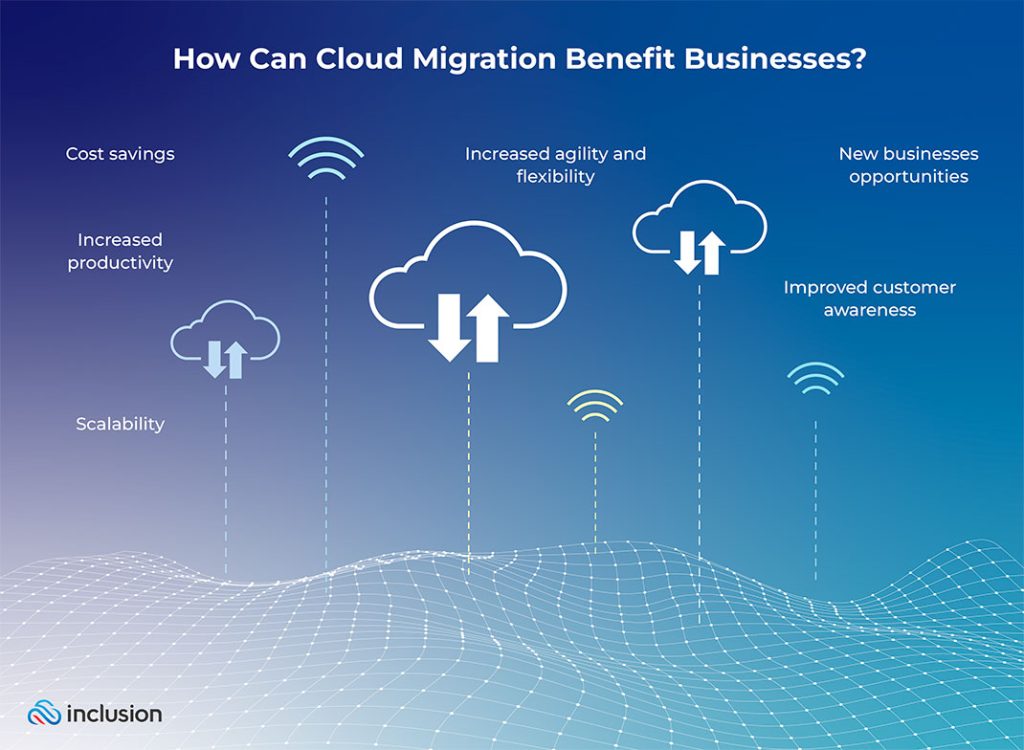
Future Trends in Cloud Migration
Evolving Technologies Impacting Cloud Migration
As we look toward the future, several evolving technologies are set to significantly impact cloud migration. For instance, advancements in AI and machine learning are helping organizations analyze data more effectively and predict trends, which can streamline the migration process. A friend in the tech industry recently shared how their company utilized AI-driven tools to identify the most suitable applications for migration, saving both time and resources.
Additionally, containerization technologies like Docker and Kubernetes are making it increasingly easier to deploy applications across different cloud environments. Key trends include:
- Serverless Computing: Reducing infrastructure management overhead while increasing scalability.
- Multi-Cloud Strategies: Organizations are opting to spread their workloads across various cloud platforms to avoid vendor lock-in.
Predictions for the Future of Cloud Migration
Looking ahead, we can anticipate that cloud migration will become even more integral to business operations. Predictions suggest:
- Increased Automation: Expect greater automation in migration tools, simplifying the process.
- Focus on Security: Enhanced security measures will emerge as organizations grapple with data breaches in the cloud.
- Widespread Adoption of Edge Computing: With IoT devices growing in prevalence, expect more organizations to shift toward edge computing to manage data closer to the source.
By keeping an eye on these trends, businesses can position themselves to take full advantage of future cloud opportunities.
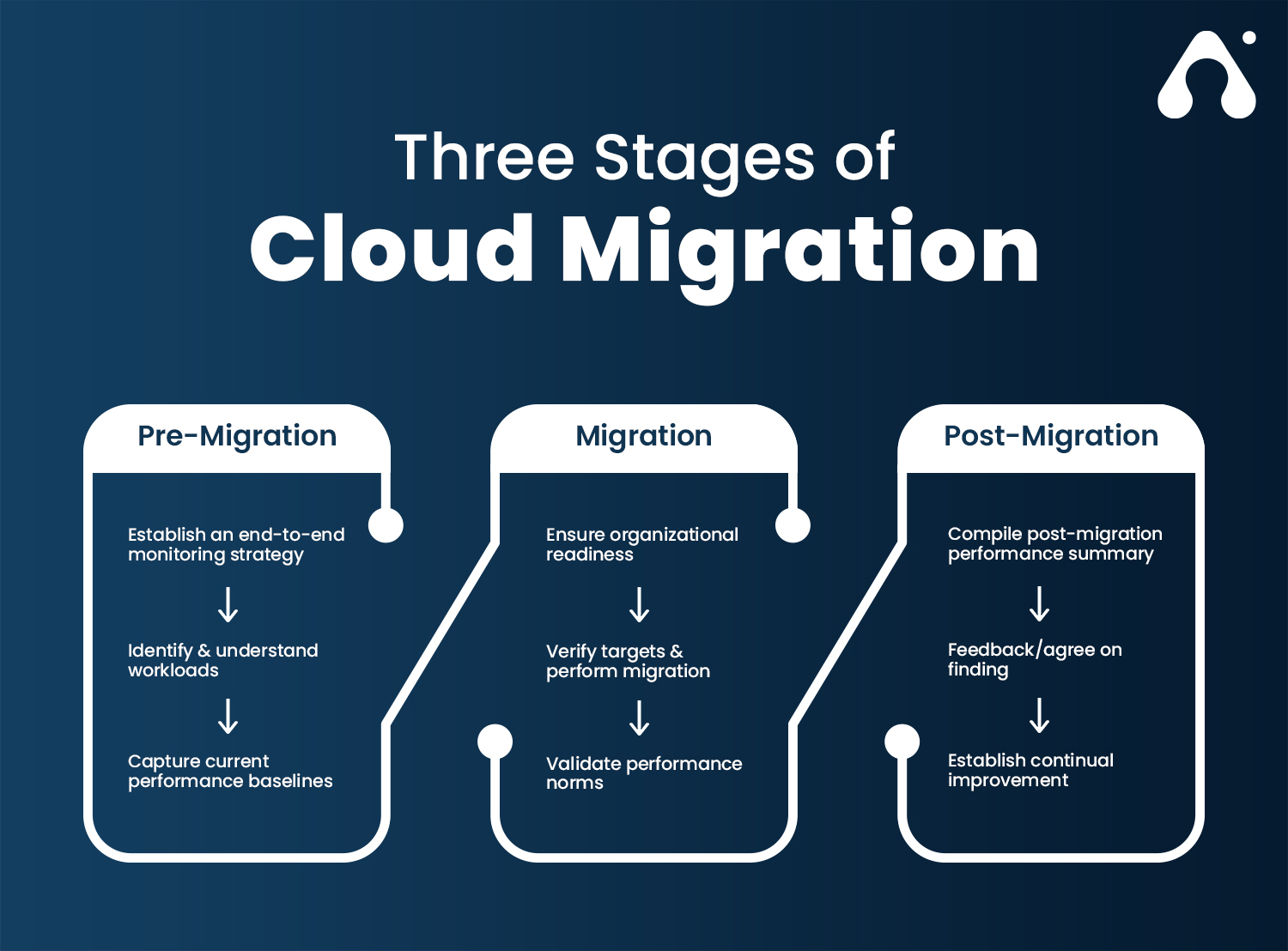
Conclusion
Recap of Key Strategies
As we wrap up our discussion on cloud migration, it’s vital to recap some key strategies that can lead to success. Organizations should start by thoroughly evaluating their current infrastructure and setting clear objectives for the move. This ensures that the migration plan aligns with business goals. It’s also crucial to choose the right cloud provider that meets your specific needs, and to carefully plan the data migration while paying attention to security protocols. Monitoring performance post-migration will help identify any issues early on.
Final Considerations to Ensure Successful Cloud Migration
In the journey of cloud migration, consider these final thoughts:
- Adaptability: Be ready to pivot your strategy based on changing requirements or feedback from users.
- Continuous Learning: The cloud landscape is evolving rapidly. Encourage ongoing training for your team to stay updated on new tools and technologies.
- Long-term Strategy: Cloud migration isn’t just a one-time task; it’s a step toward digital transformation that requires a long-term commitment.
By keeping these factors in mind, organizations can embark on a successful cloud migration journey, paving the way for innovation and growth.
